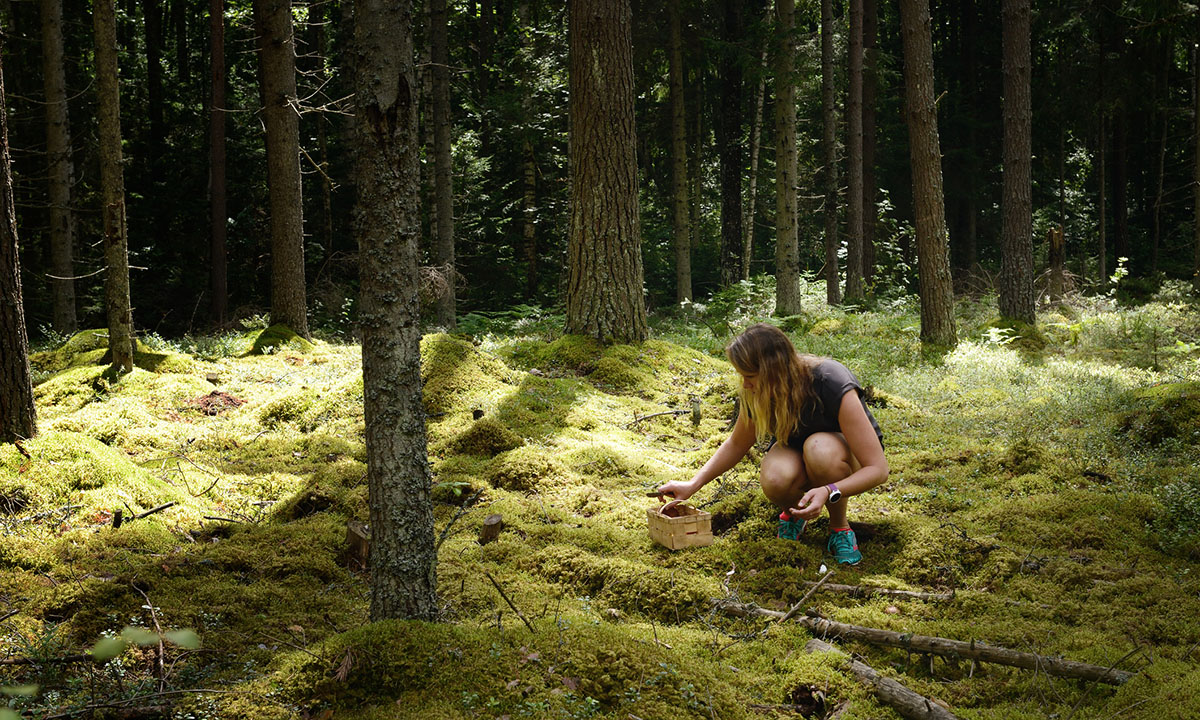

You just never know when survival skills may come in handy, and foraging for edible wild plants is one of the most important survival skills you can learn. Knowing which berries and plants you can eat in the wild is especially critical, so you don’t accidentally eat something that’s toxic.
The universal edibility test is a way to help you stay safe when foraging in the wild. Before you eat any wild foods, perform an edibility test. Here’s how.
WARNING: This test is only for plants, not mushrooms. Mushrooms are not plants. Mushrooms can be deadly and don’t offer the same kinds of warnings that many plants provide.
Videos by Outdoors
What Is the Universal Edibility Test?
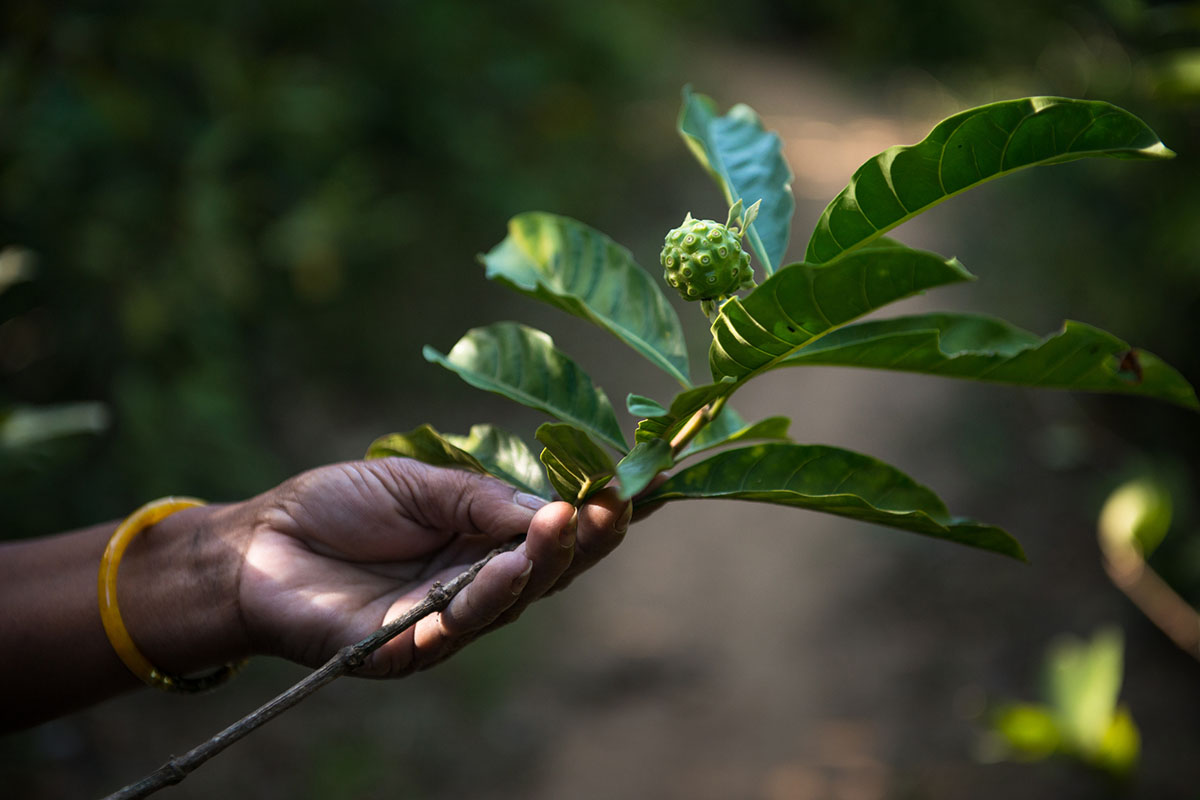
The universal edibility test is an essential survival skill that you can use to determine whether or not the plants and berries you find in the wild are safe to eat. It describes the process of exposing your body slowly to the plant over the course of a day and seeing if your body reacts to it.
Understanding how to identify edible plants is an essential survival skill, but even if you’ve identified something that you believe to be safe, you should consider performing the universal edibility test to prevent you from getting sick from a toxic plant.
How to Perform the Universal Edibility Test
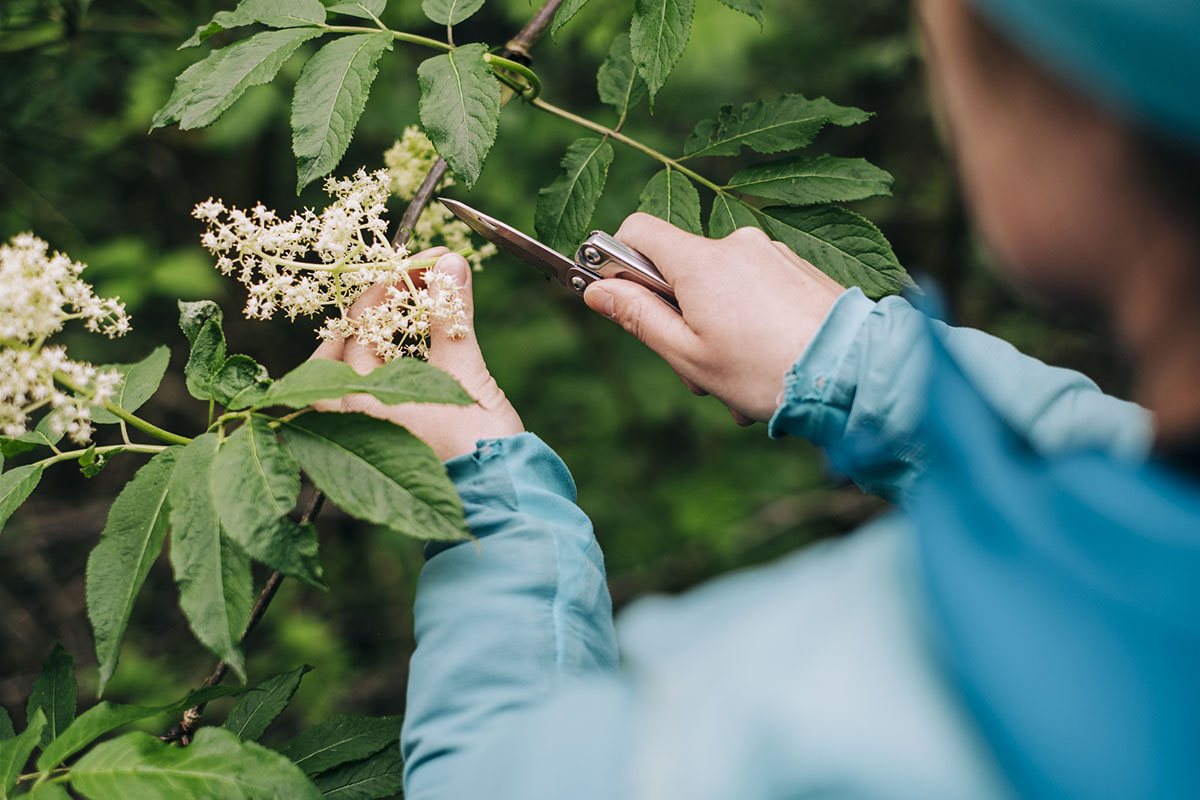
Research and study the plants in the area you’re visiting thoroughly before taking a chance out with wild foraging. When you find something that looks edible, first look out for the most common poisonous traits.
Common traits of toxic plants include milky sap, fine hairs, spines, umbrella-shaped flowers, shiny or waxy leaves, and glossy green or dull leaves. Never eat green, white, or yellow berries.
Gather a large quantity of the plant you plan to test, because if it tests safe, you’ll want to eat it as soon as possible, since the test takes up to 16 hours.
Follow these steps to perform the test:
Step 1: Smell the plant
An almond or pear scent often means a plant is toxic (cyanide). Never eat berries or plants that smell like raw or burnt almonds. A musty rotting odor is also a bad sign.
Step 2: Separate the plant into parts
Separate the parts of the plant: flowers, roots, leaves, and stems/stalks, and seeds, and then pick one part to test first. You have to perform a separate test on each part. Never consume the whole plant.
Step 3: Do a skin contact test (15 minutes)
Rub the part of the plant you want to test on your inner elbow or outer lip. Wait 15 minutes. Look for tingling, burning, numbing, or rash. If there’s no reaction, go on to step four.
Step 4: Do a resting taste test (5 minutes)
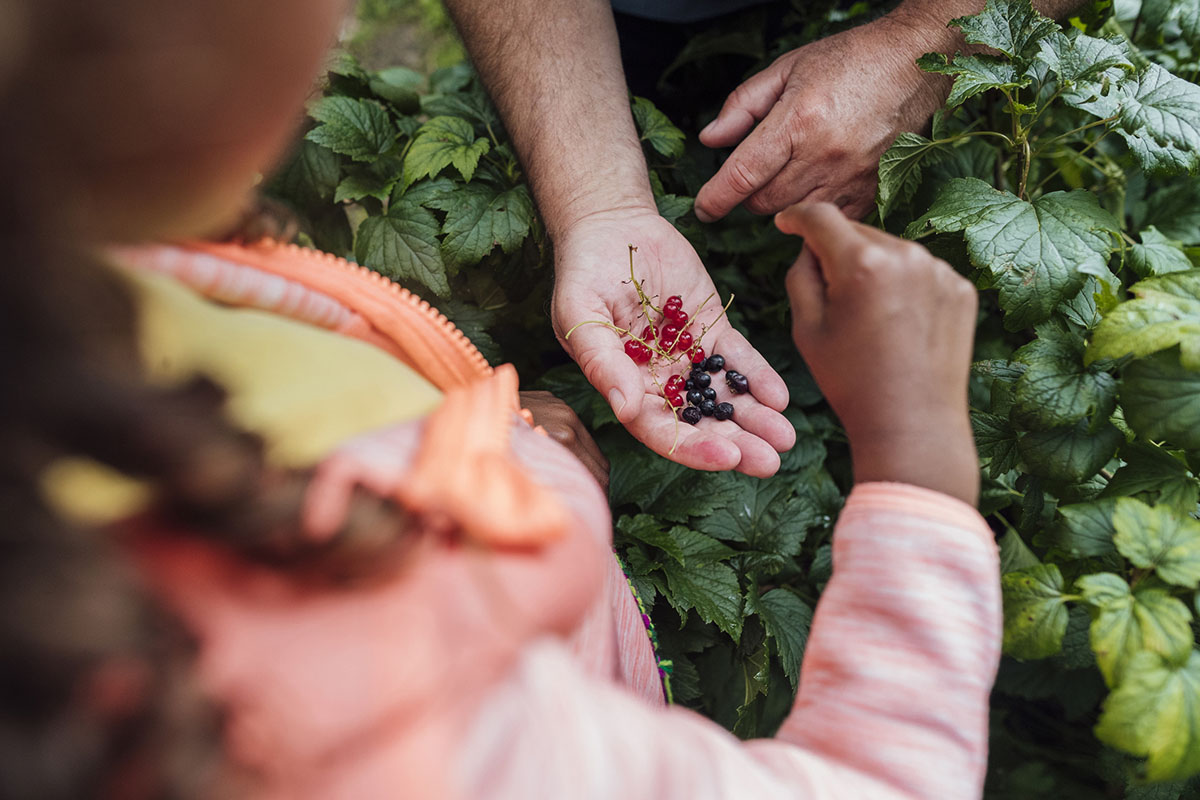
Put the same part of the plant in your mouth and simply taste (don’t swallow or chew), then wait five minutes. If you have any tingling, burning, or a bitter taste, spit out the plant and wash your mouth out with water. Continue to step five if it tastes fine and you don’t have a reaction.
Step 5: Do a chew taste test (5 minutes)
If there was no bitter, soapy flavor or numbness, chew a teaspoon of the plant part for five minutes, while spitting out your saliva regularly (don’t swallow your saliva). If no reaction occurs, move to the next step.
Step 6: Swallow the chewed part (8 hours)
Swallow the chewed part of the plant, then wait eight hours. If you don’t have any digestive issues, go on to the next step.
Step 7: Eat a small amount (another 8 hours)
Eat one tablespoon of that same plant part, then wait another eight hours. After eight hours with no symptoms, the plant part is deemed edible and can be eaten in the same way you tested it.
Tips for a Successful Edibility Test
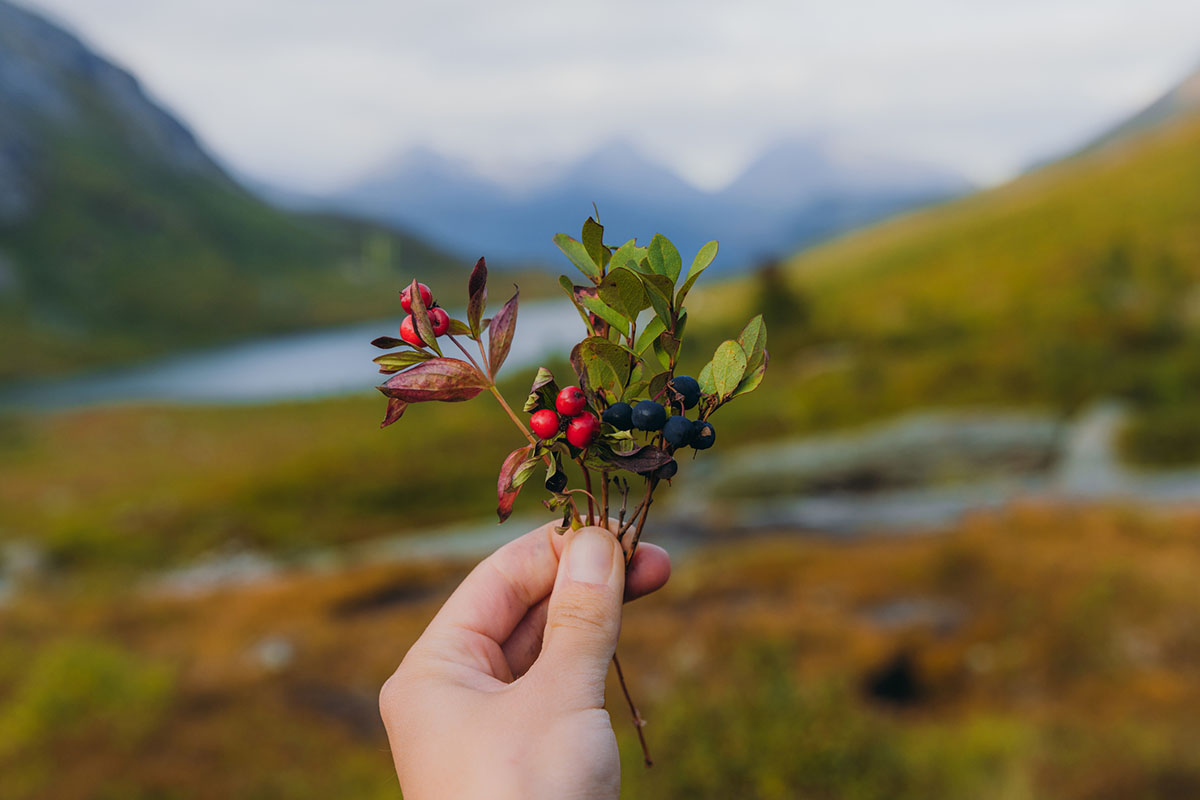
Always take caution eating wild plants. Here are some extra tips that will help you perform a solid universal edibility test.
Know your plants
Be familiar with edible species of plants that have toxic look-alikes or may have edible berries but poisonous stems and bark.
Do the test on an empty stomach
Drink a lot of water and don’t consume any food for eight hours before or during the edibility test.
Gather enough to eat before the test
Before attempting the test, gather enough of the plant to make sure you have plenty to eat if it’s edible, so you don’t go hungry for longer than necessary.

Skip all plants you aren’t sure about
Avoid poisonous characteristics, like plants with milky sap, fine hairs, spines, umbrella-shaped flowers, or shiny, waxy leaves. Mushrooms aren’t plants, but if you’re not sure about a mushroom, don’t eat it either.
Check the foliage
Plants with foliage that resembles dill, parsley, or parsnip greens can be poisonous and should be avoided.
Trust your taste buds
If it tastes bad, it’s probably toxic. If it tastes bitter or soapy, spit it out.
Foraging can be safe and fun, when done right, but it can be extremely dangerous if you don’t know what you’re doing. Use this test as a guide and do additional research before eating wild plants.
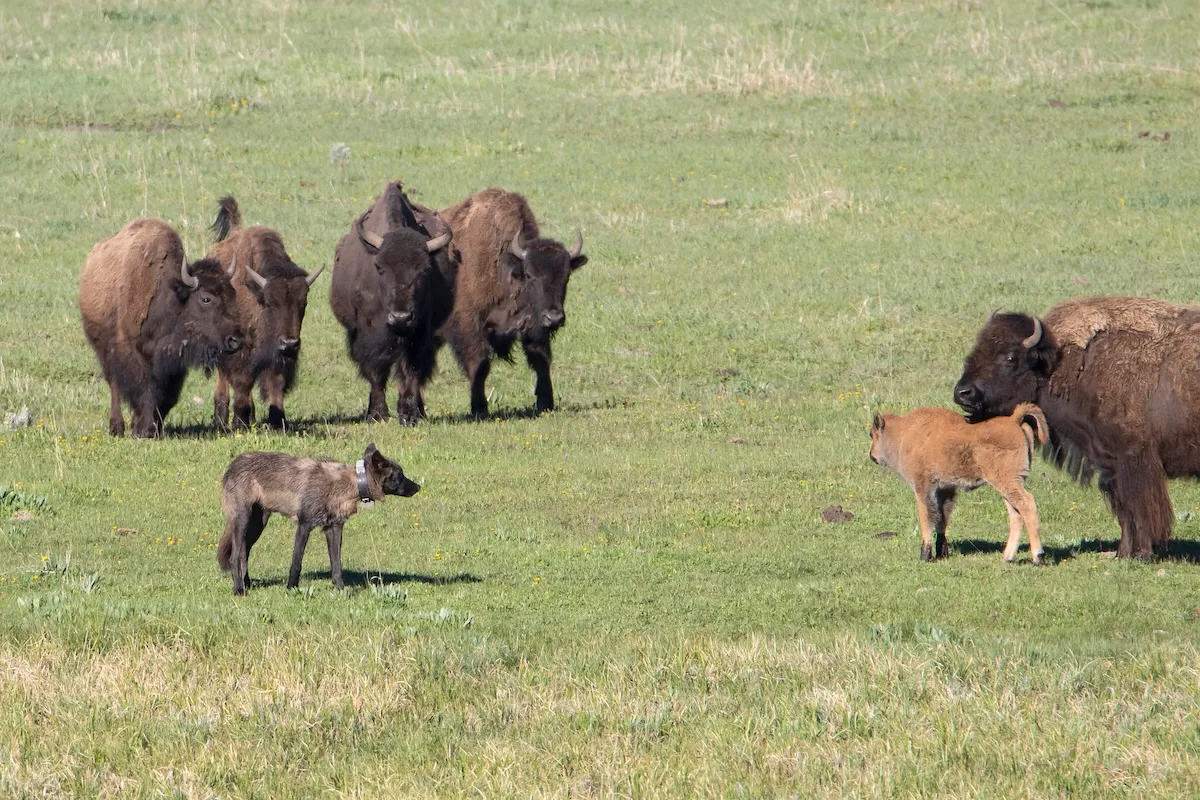







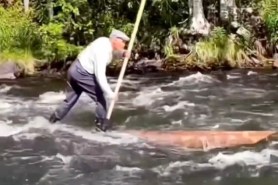

The most important thing is to enjoy your efforts. Harvesting fresh vegetables and fruits from your own garden is an unparalleled pleasure. Let your garden become an inexhaustible source of joy, relaxation and inspiration. Gardening is a great way to get closer to nature and feel harmony in your life. Don’t be afraid to try and you will definitely achieve your goal!